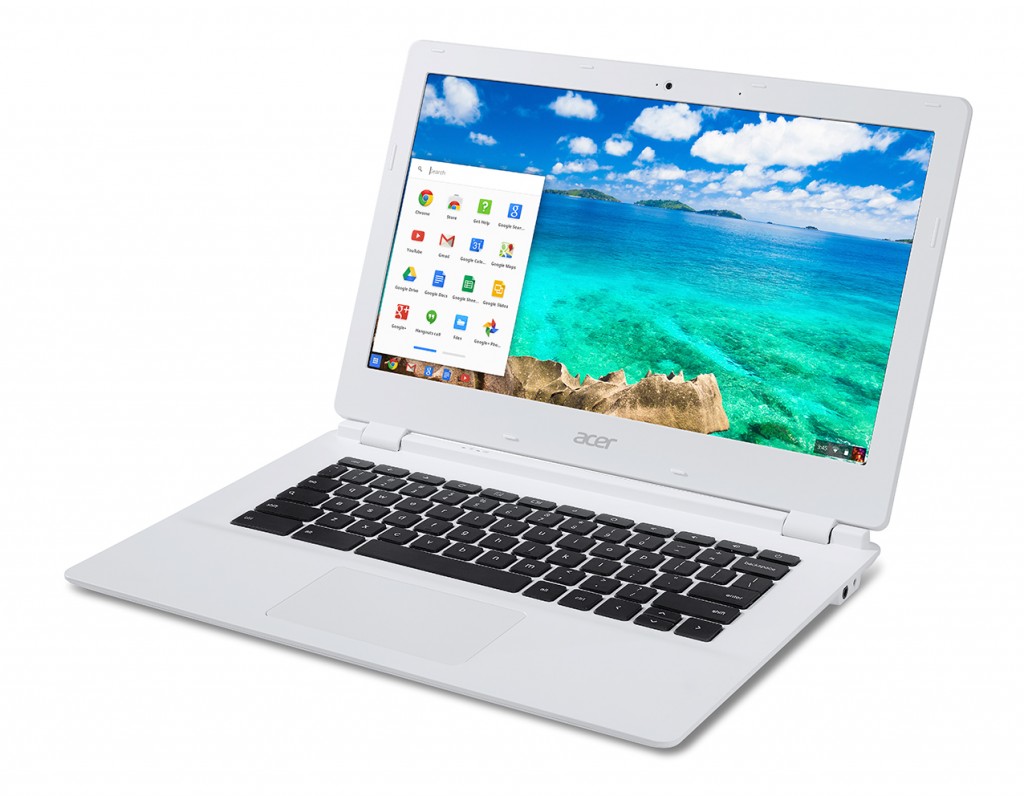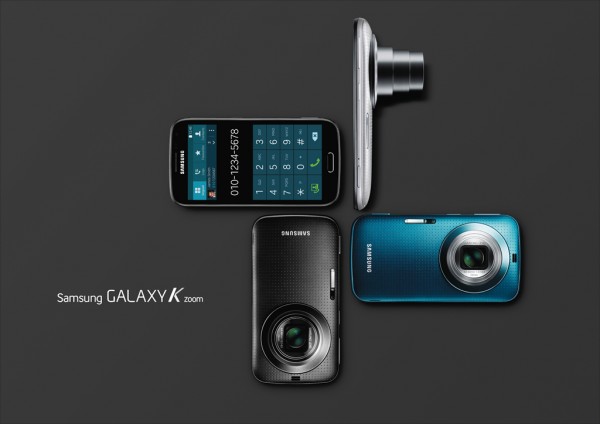The worlds first, but definitely not the last, NVIDIA Tegra K1 powered Chromebook has been announced today by Acer. In case you haven’t been following along with the Tegra K1, it is a 192 GPU core chip that is capable of bringing high-end desktop graphics to mobile friendly devices. Â NVIDIA announced the powerhouse back at CES in January of this year and have steadily been getting it into various products, like this Chromebook and the new NVIDIA Shield Tablet. The chip can even handle 64-bit systems.
As for the Acer ChromeBook 13, you are looking at the first Chromebook to be launched with this insane powerhouse chip. The name of the Chromebook does allude to the screen size being 13-inches, but it also offers up the expected battery life being 13 hours too. In terms of other Chromebook battery life, you have the Acer C720 at 8.5 hours, the Samsung Chromebook at 6.5 hours and the HP Chromebook advertising 6 ours. The NVIDIA Tegra K1 adoption and the battery life is probably the best aspect of this Chromebook, but the remaining specs sound pretty good too.
- 16GB internal storage that is expandable to 32GB
- 2GB of RAM that can be doubled to 4GB if so desired
- 2 USB 3.0 ports
- HMDI out
- SD card slot
- 18mm thick
The Chromebook 13 will be a Wi-Fi only model with no 3G or 4G options. That may or may not matter since many people tether or use a hotspot device anyways. Interestingly enough it will come in two different screen resolution options. A conservative 1366 x 768 that will run $279 and a 1920 x 1080 for $299. For $20 more (says Phandroid), it seems silly to not grab the HD variation. They don’t mention the weight, at least not that I could find, but with it only being 18mm thick it should be pretty light as well.
The Acer ChromeBook 13 is scheduled to go up for pre-orders later today via Amazon and Best Buy later today. We will keep checking in and be sure to let you all know when it becomes available. Until then, what do you guys think? Are we finally seeing some Chromebooks that are both affordable and powerful?
Via Nvidia blog









